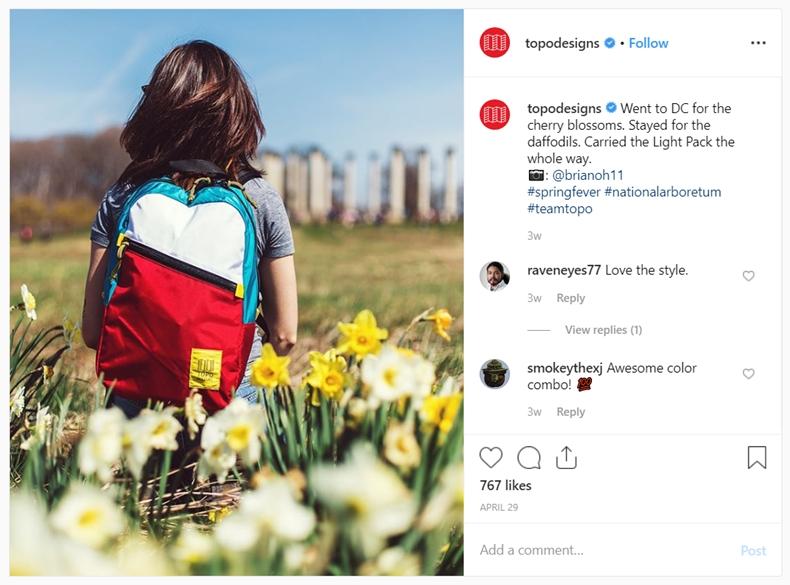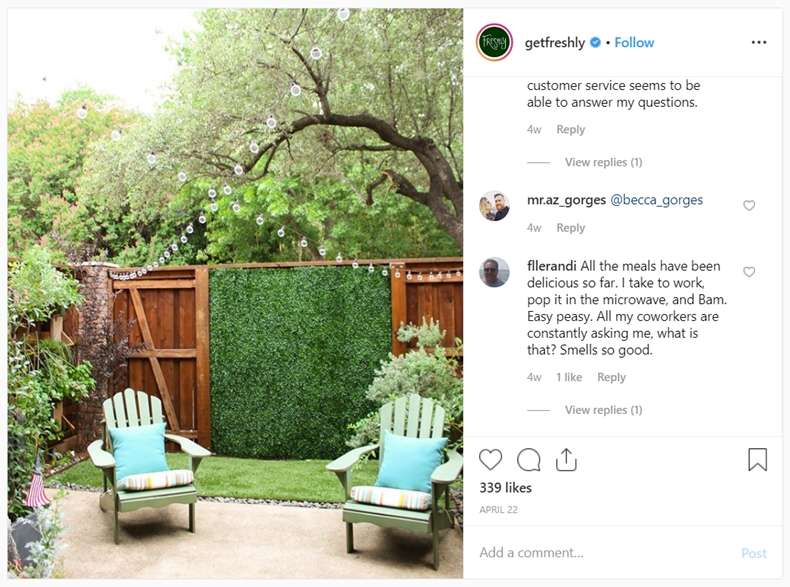Businesses of every size want to make customer and revenue growth their priorities, but achieving that growth is not simple. Myriad strategies exist—from highlighting flagship products, to building brand affinity through emotional appeals, to discounts that seek to sell immediately.
Regardless of the strategy, however, outstanding creative assets that attract attention and leave a lasting, positive impression pave the way for business growth.
However, marketers and advertisers often face difficulty when crafting great visual and messaging assets. Avoid at least some of those troubles by following the guidance in this article.
Visual Content
Think of the media you use as being integral parts of your message. Here are a few types of visual content that we recommend.
Product photos. Product photos can highlight new or relevant products through social media or display ads. Innovative brands find ways to spice up their product photos by showcasing them in use or in idealized settings. You might use nature as a backdrop or demonstrate through your photo the benefit your product provides to your potential customers.

Behind-the-scenes/company photos. Authenticity and relatability can bolster the connection that your audience feels toward your brand. With a little creativity, you can use behind-the-scenes photos that make your customers laugh or feel an emotional connection with you.

Aspirational photos. Brands use aspirational photos to highlight a lifestyle that meshes with their products and connects to their consumers—from travel, to interior design, to shaving companies highlighting the familial side of shaving.

User-generated content (UGC). Brands can use customer-submitted photos on company websites or social media platforms, providing social proof that a product will improve customers' lives. UGC is a cost-effective way of getting visual content that also builds brand loyalty.
Videos. These can range from smartphone video to professional shoots. You can create a variety video types: documentary-style, animation, how-to videos... Video content can spur more customer engagement and create a narrative around your brand or products.
Infographics. Educating customers about product features (for example, the anatomy of a great running shoe), or interesting trends and fashions, is a fun way to encourage brand engagement. Infographics present educational material embedded within illustrations that support the copy. If you create a large-format infographic, you can split out several pieces of it to feature individually in a series of ads or posts. Infographics work well on social platforms because they are shareable and they offer readers value and entertainment.
Ad Content
Tons of advertising channels, formats, and placements exist online for you to take advantage of. Reach as much of your audience as possible by selecting the channels where your ideal customers are most likely to spend time.
If your business is experience-oriented, you might use Instagram ads with beautiful photos that enable viewers to imagine themselves in the same scene. If you want existing customers to buy more of your products, show them banner ads with accessories that match their prior purchases.
Banner ads help make your brand and products known to a large audience while increasing viewers' intent to purchase. These ads use a (usually) static image along with promotional text. Banner ads work across many online ad networks and devices. Generally, banner ads should include your logo and a call to action. The type of image in your banner ad depends on what you want your viewer to do. If you're using banner ads to characterize your brand as a solution to a particular customer need, try combining an emotional message with a relatable image demonstrating that customer need. If you want to drive purchases, you can combine attractive product photos with a limited time promotion. Ensure your banner ads link to the proper experience on your website, even if your goal is just brand association.

Native ads adjust format to fit the environment in which they appear. Your ad will blend in with the content your audience is viewing. Advertisers often choose to create ads that look like recommended content, such as a news story related to the article someone is reading on a website. According to our surveys, consumers are 25% more likely to view native ads, and they generate 53% higher clickthrough rate.
Dynamic ads insert content based on the person viewing the ad or based on your product feed. You can choose which products to show in your ads based on a visitor's previous behavior, such as a product left in a shopping cart or products related to a recent purchase. Dynamic ads can automatically scroll through products and promotions like a marquee, or they can allow a viewer to scroll through products that interest them.

Video ads don't need big production teams. You can turn static images into GIFs or create video ads with apps that come with your phone. Video ads are more engaging and more successful at creating a connection with an audience. In fact, advertisers report video as the content type with the highest ROI, and 80% of viewers can recall a video ad they saw within the past 30 days.
Best-Practices for Creating Ads
- Include a call to action that makes it clear what you want a viewer to do, then make it simple for them to do exactly that.
- Use ads to tease a product, service, or promotion. Earn the attention of the audience and entice them into following through to the richer content on your website.
- Trying to fit your homepage content in a banner ad will not work, so stay concise and get to the point with your messaging.
- Test a variety of ad types, calls to action, and images or video. Take the winners of your tests, create slight variations, then test again.
You now have a great foundation for advertising. As you experiment with your content, you will gain a greater understanding of how your audience engages with you and how best to serve them.
For more holistic insight on how to create a marketing strategy and grow your business, check out the AdRoll Ultimate Guide to Growth.




